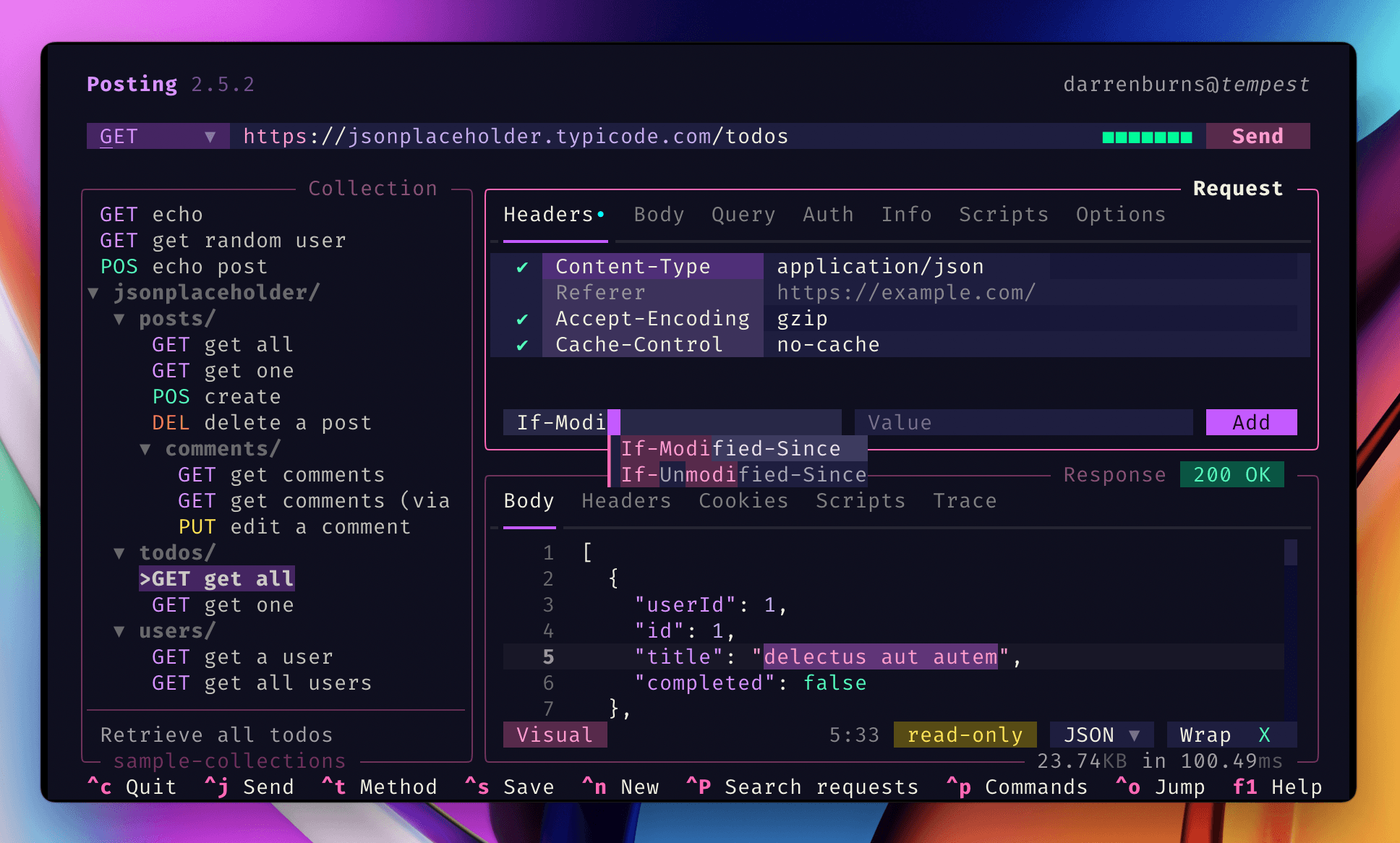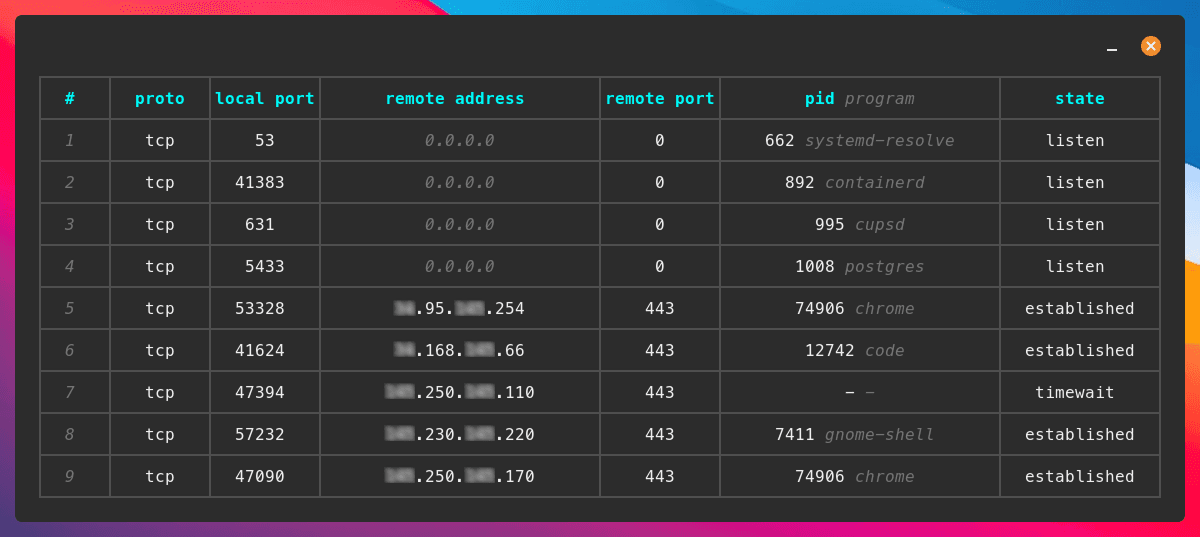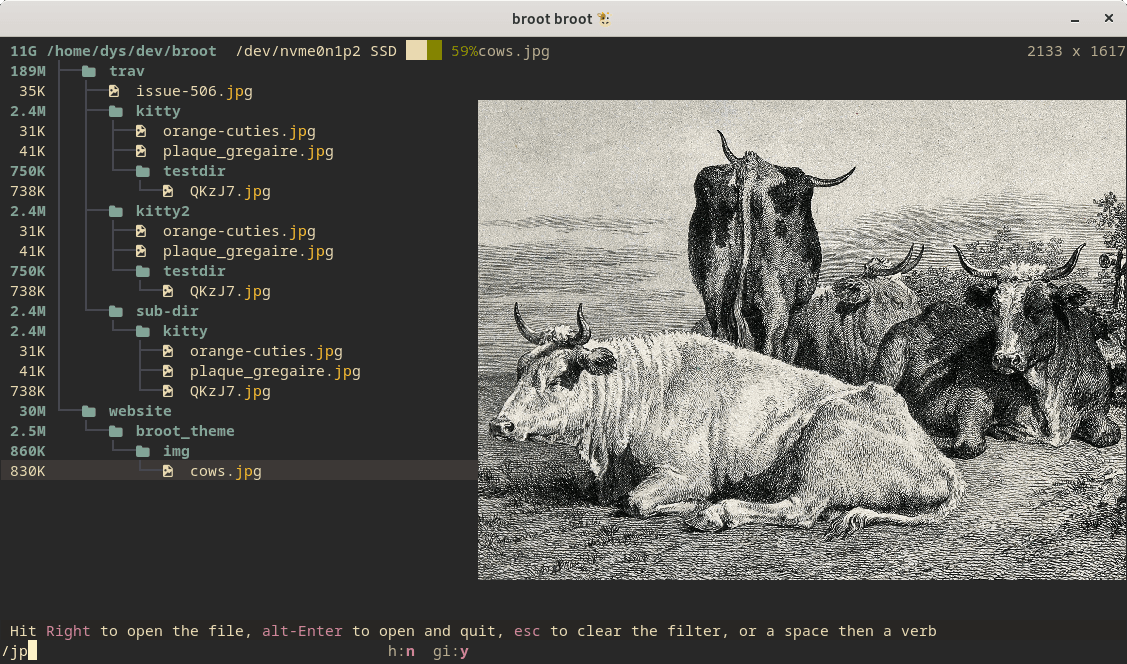
Master Your Files from the Terminal with Ranger – The Ultimate CLI File Manager
🐍 What is Ranger?
Ranger is a terminal-based file manager written in Python that uses ncurses to provide a clean, efficient, and keyboard-friendly interface for navigating your filesystem. It brings the power of a graphical file manager to your terminal, but with the speed and precision of Vim.
With its three-column layout, preview support, and custom commands, Ranger is a favorite among developers, sysadmins, and Linux power users.
⚡ Key Features
- Vim-style keybindings: Efficient navigation and commands using familiar Vim keys (j, k, l, h, gg, /, etc.)
- Previews: File previews for images, PDFs, text files, and more (using tools like w3m, ueberzug, or pdftotext)
- Tabs and bookmarks: Quickly jump between directories and sessions
- Custom commands: Create your own shell commands, macros, and keybindings
- Integration: Easily open files with external editors or viewers like vim, mpv, sxiv, etc.
- Extensibility: Customize with Python scripts and shell commands
🚀 Why Use Ranger?
If you spend a lot of time in the terminal and want a lightweight, powerful file manager, Ranger is your ideal tool. It combines the minimalism of the command line with the visual feedback and layout of a GUI. Whether you're managing servers, automating file operations, or just like fast workflows, Ranger gives you full control.
🛠️ Installation
Ranger is available in most Linux distributions and can be installed via:
1sudo apt install ranger # Debian/Ubuntu
2sudo pacman -S ranger # Arch Linux
3brew install ranger # macOS
4
5# Install with Pip
6pip install ranger-fm📦 Basic Usage
Launch Ranger in your terminal:
1rangerUse the arrow keys or hjkl to navigate. Press:
- Enter to open a file or directory
- yy to copy a file path
- dd to move
- :q to quit
- :help for full command list
🧩 Plugins & Preview Support
Enhance Ranger’s power using:
- ueberzug or kitty for image previews
- scope.sh for customizable file previewing
- Integrate with file managers like fzf, ripgrep, or fd for powerful searching
🔧 Configuration
Ranger stores its configuration in ~/.config/ranger/. You can create a custom config using:
1ranger --copy-config=allThen edit:
- rc.conf for keybindings
- rifle.conf for application/file associations
- scope.sh for preview customization
🧠 Pro Tips
- Use :bulkrename to rename multiple files in your editor
- Combine with tmux for a turbocharged terminal workspace
- Use with fzf for fuzzy file finding directly in Ranger
🌟 Final Thoughts
Ranger offers a rare blend of usability, speed, and extensibility. If you're comfortable in the terminal and want to supercharge your file management, Ranger is worth mastering. With just a bit of configuration, it becomes an indispensable part of your Linux toolkit.


